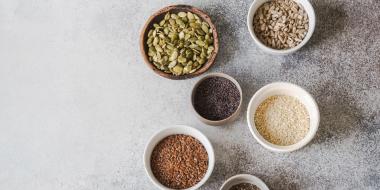A woman’s body is a fabulous machine that can seemingly perform miracles like pregnancy and breastfeeding. Though traditionally treated as taboo, distasteful, complicated, and inconvenient, menstruation is the catalyst for these beautiful functions. Understanding the purpose of the elements of your period and the phases that define it is important generally for women’s health, and specifically for things like tracking ovulation or practicing non-hormonal birth control in order to either become pregnant or avoid it. At its core, the menstrual cycle is simple and brilliant.
Day one
Your cycle begins on the first day of bleeding. This is when your body sheds the endometrium (the lining of blood and cells in the uterus) that it was building up all month in case a fertilized embryo wanted to take up residence.
Follicular phase
The first 14 days are called the follicular phase. Luteinizing hormone and follicle stimulating hormone trigger egg maturation in the ovary and cause estrogen to increase.
Mid-cycle
Around day 14 of the cycle, luteinizing hormone spikes and triggers the release of the egg from the ovary: this is ovulation.
Luteal phase
After the egg has left the ovary and is swept into the fallopian tubes, a membrane from the follicle—the “shell” of the egg—remains in the ovary. This is called the corpus luteum, hence the name luteal phase. The corpus luteum produces progesterone for the last 14 days of your cycle to prepare the uterus for pregnancy. If no implantation occurs, menses (bleeding) begins again.
Your body is a font of knowledge that you can tap into to find out more about yourself. Knowing the basic facts of your menstrual cycle phases empowers you to stay in charge of your fertility and health.






